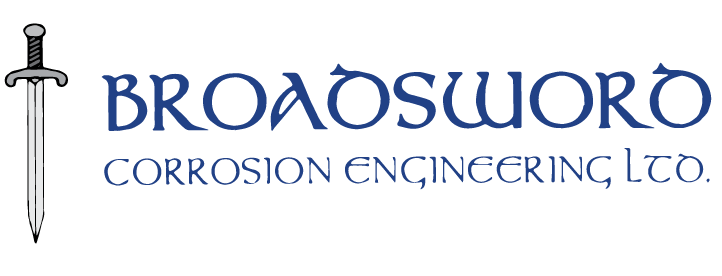Leadership

Pat is a recognized authority on corrosion engineering problems and more importantly, how to solve them. He has extensive experience in internal corrosion mechanisms, causal factors and its detection, mitigation and prevention, gained through more than 40 years of practical hands-on advanced corrosion engineering training. His experience covers upstream, midstream and downstream petroleum operations at both local and international facilities. Pat has extensive experience working with the petroleum natural gas industry and NACE International related to the development of pipeline safety standard practices.
He is particularly well known for his ground-breaking developments of field-based remote real-time corrosion rate monitoring with electrochemical noise. Pat’s experience has resulted in the development, peer recognition, acceptance and worldwide use of a proprietary in-house internal corrosion predictive model (ICPM), ![]() for use in upstream and midstream, sweet or sour multiphase pipelines.
for use in upstream and midstream, sweet or sour multiphase pipelines.
Pat has worked with pipeline operators to improve their safety and integrity programs and achieved demonstrably improved safety performance thus enhancing corporate profitability. This can result in a reduced carbon-footprint through quantifiable reductions in metal loss translated into lower greenhouse gas (GHG) emissions. Pat is also Lead Instructor for NACE International courses Internal Corrosion for Pipelines – Basic and Advanced, Pipeline Corrosion Integrity Management, and Direct Assessment.
Just some of his notable achievements and awards include:
- NACE International, Northern Area (Canada and Alaska) 2001 Outstanding Service Award
- Joint recipient of the UK Millennium Products Award presented by Prime Minister Tony Blair on December 14, 1999 in London, England to Integrity Solutions (now Intercorr International).
- 2017 NACE International Technical Achievement Award, 2017 NACE Corrosion Conference, New Orleans, USA.
- NACE International Fellow Honor Award 2019, 2019 NACE Corrosion Conference, Nashville, USA.

The Broadsword Story
The founder of Broadsword Corrosion Engineering Ltd., Lt. (N), Ret., Patrick J. Teevens, CD, P.Eng., FNACE, MCIC, served twenty years in the navy, having joined the Royal Canadian Naval Reserve, (RCNR) in 1971. Pat has always held special, his time he served his country in the navy, and has always had fond memories of the sea and the warships in which he has served.
No other single warship has garnered more interest for Pat, than the Royal Navy frigate, HMS BROADSWORD, which gained notoriety during the 1982 Falkland Islands War, known as “Operation Corporate”. HMS BROADSWORD, FFH-88, was assigned its wartime station, to an inner defence ring to protect the aircraft carriers HMS HERMES and flagship, HMS INVINCIBLE from attack. HMS BROADSWORD and her sister ship HMS BRILLIANT, were given the task of protecting the two carriers because they were the only two ships in the British Fleet, which carried the deadly anti-missile missile, Seawolf. Seawolf was developed to hit something the size of a cricket ball approaching at twice the speed of sound, and was considered the only answer to the Exocet missile. HMS BROADSWORD was one of many ships to take its fair share of incoming, deadly Argentine Air Force Exocet missiles. Not only did the ship survive (despite being hit by bombs), it was able to ensure the operational reliability of the carriers and the safety of its own crew and the crews of other ships.
Broadsword Corrosion Engineering Ltd. sees it’s role to be similar to it’s namesake: to protect personnel, the public and their property from the ravages of a silent and potentially deadly enemy – corrosion.
